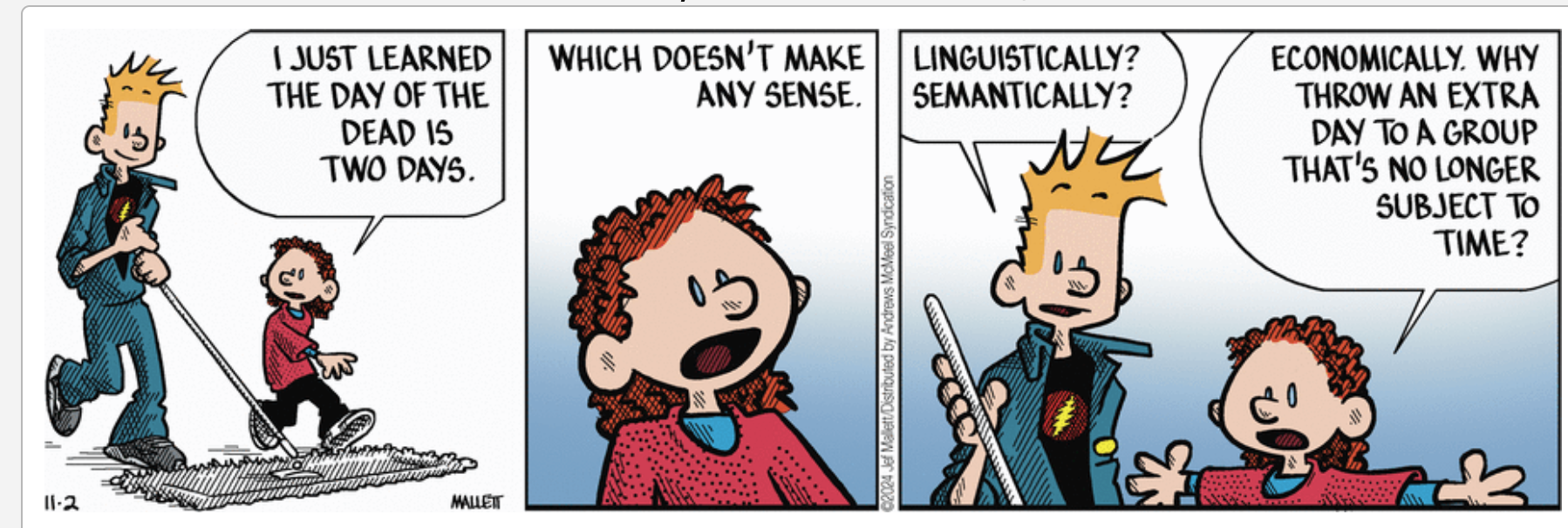For basic facts, see below.
Thanks to AI and our Japanese colleagues, the study of Peru's mysterious Nazca lines has made a quantum leap forward.
AI Revealed a New Trove of Massive Ancient Symbols
The 2,000-year-old geoglyphs offer clues to ancient Nazca people and their rituals
By Aylin Woodward, Science Shorts, WSJ (Nov. 6, 2024)
Anthropologists have spent decades documenting a mysterious collection of symbols etched into the Peruvian desert, depicting everything from human decapitation and domesticated animals to knife-wielding orcas.
In the past century or so, 430 of these geoglyphs have been found. Now, an analysis using artificial intelligence has nearly doubled the number in just six months.
Constructed primarily by ancient South American people known as the Nazca millennia ago, the geoglyphs, which can be as long as a football field, are concentrated on a roughly 150-mile-square area called the Nazca Pampa. The Nazca people created the geoglyphs in an area unsuitable for farming, removing the black stones that pepper the desert to reveal a layer of white sand beneath. The contrast between tones yielded the geoglyphs.
Much of their mystery lies in how challenging it is to spot them.
“These geoglyphs have been around for at least 2,000 years, during which time dust has accumulated on the white lines and areas, causing their colors to fade,” said Masato Sakai, a professor of anthropology at Yamagata University in Japan and lead author of a study published in the journal Proceedings of the National Academy of Sciences detailing the new discoveries.
The symbols fall into two categories. Larger figurative geoglyphs, known as the Nazca Lines, average about 300 feet in length, Sakai said, while smaller ones, akin to marble reliefs, average just 30 feet.
Read the rest of this entry »

